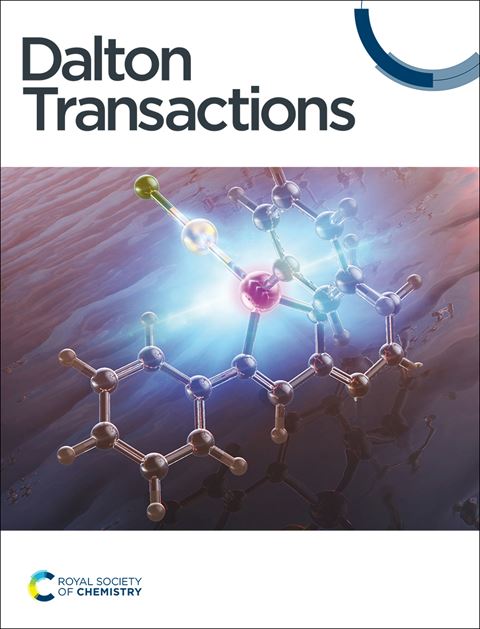Precipitation of morphology-controlled uranium(VI) peroxide in nitric acid media
IF 3.5
3区 化学
Q2 CHEMISTRY, INORGANIC & NUCLEAR
引用次数: 0
Abstract
The precipitation of U(VI) peroxide (UO2(O2).4H2O, known as studtite) has been extensively studied in mildly acidic media (i.e. pH > 1). However, few studies have investigated the influence of highly acidic conditions (i.e. pH < 1) on the precipitation of studtite, particularly regarding the morphology of the final powder. The influence of high acidity (0.1 M < C(HNO3)ini < 2.0 M) and C(H2O2)ini/C(U)ini molar ratio (ranging from 10 to 70) on the precipitation kinetics, as well as the morphological and crystallographic properties of U(VI) peroxide was thus investigated in this study. Decreasing the acidity and increasing C(H2O2)ini/C(U)ini molar ratio significantly enhance both the final precipitation yield and the reaction kinetics. Furthermore, a correlation was established between the initial saturation index of the reaction mixture and the final morphology and crystallite size of the precipitated U(VI) peroxide, regardless of the initial precipitation conditions. These results demonstrate that in highly acidic nitric media, it is possible to control the morphology of the precipitated U(VI) peroxide by simply adjusting the initial saturation index. This correlation opens up interesting perspectives for the synthesis of powders with specific morphologies, particularly uranium peroxide or corresponding oxide powders obtained after thermal treatment. This morphology control is of great interest in the nuclear fuel fabrication field, as it allows obtaining oxide powders with optimized properties for sintering.求助全文
约1分钟内获得全文
求助全文
来源期刊

Dalton Transactions
化学-无机化学与核化学
CiteScore
6.60
自引率
7.50%
发文量
1832
审稿时长
1.5 months
期刊介绍:
Dalton Transactions is a journal for all areas of inorganic chemistry, which encompasses the organometallic, bioinorganic and materials chemistry of the elements, with applications including synthesis, catalysis, energy conversion/storage, electrical devices and medicine. Dalton Transactions welcomes high-quality, original submissions in all of these areas and more, where the advancement of knowledge in inorganic chemistry is significant.
 求助内容:
求助内容: 应助结果提醒方式:
应助结果提醒方式:


